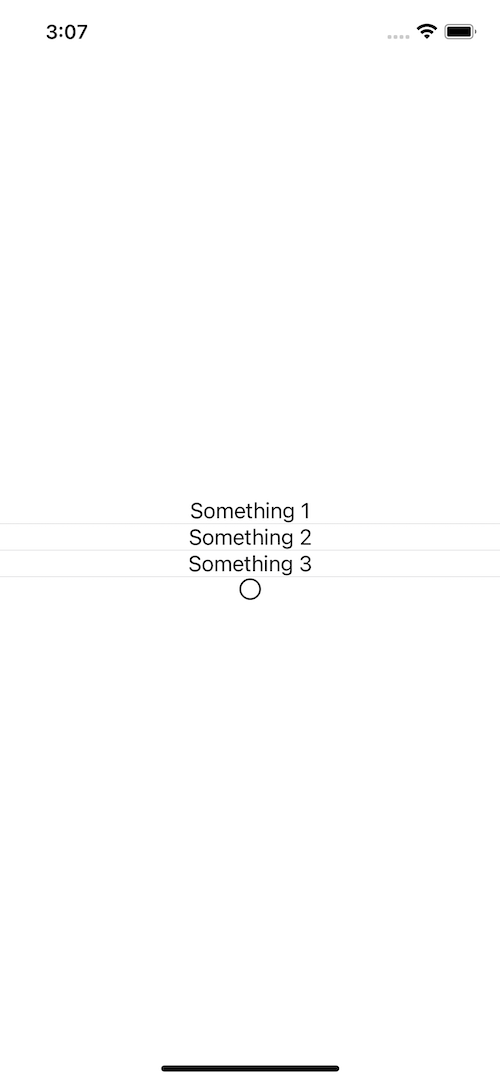So I’m trying to create a view that takes viewBuilder content, loops over the views of the content and add dividers between each view and the other
struct BoxWithDividerView<Content: View>: View {
let content: () -> Content
init(@ViewBuilder content: @escaping () -> Content) {
self.content = content
}
var body: some View {
VStack(alignment: .center, spacing: 0) {
// here
}
.background(Color.black)
.cornerRadius(14)
}
}
so where I wrote “here” I want to loop over the views of the content, if that makes sense. I’ll write a code that doesn’t work but that explains what I’m trying to achieve:
ForEach(content.subviews) { view in
view
Divider()
}
How to do that?


ViewBuilder- it just gives you a single view that is a composite of the underlying views. You want to keep the same DSL syntax, you'd need to implement your own@_functionBuilder, similar toViewBuilder– Leong@_functionBuilder, you could ask another question – Leong